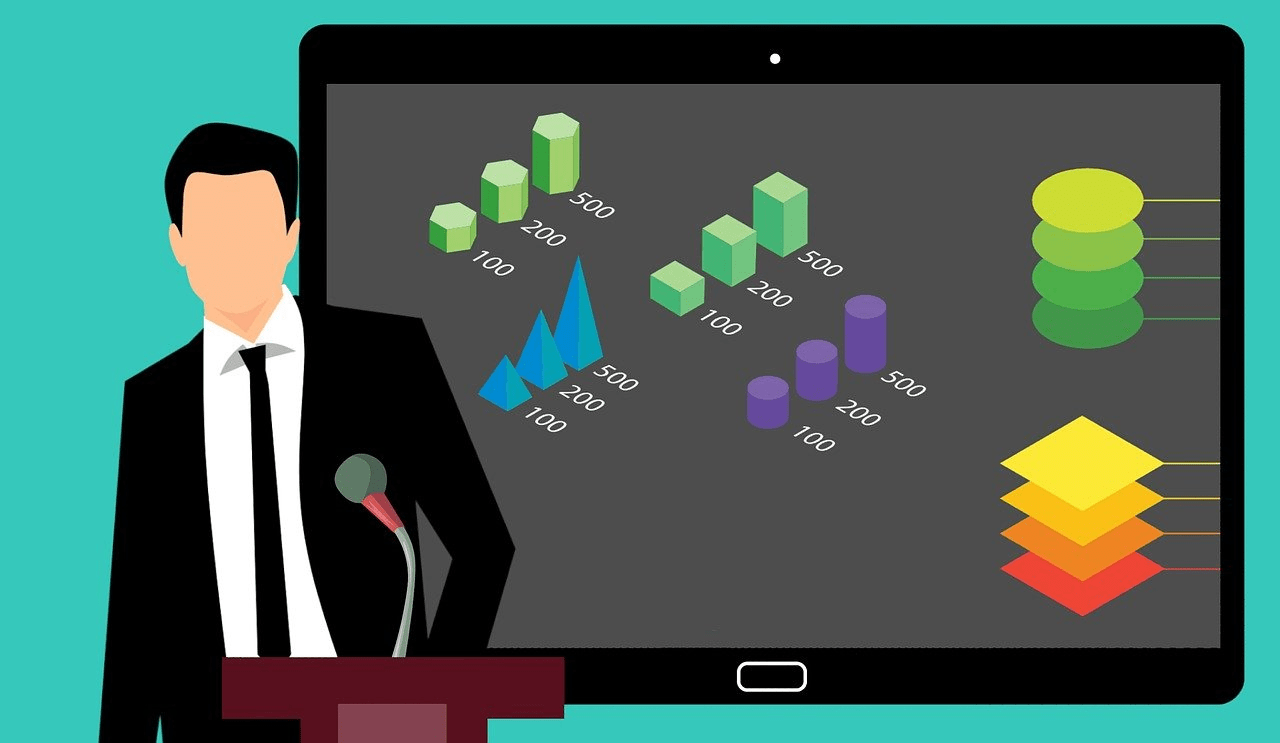Measuring project performance is an expectation that any business effort comes with.
CONTENT
- Why is it important to measure project performance?
- Celebrate successes
- Find areas where improvement can be made
- Make organizational decisions
- Metrics for measuring project performance
- Cost calculation
- Meeting deadlines
- Return on investment
- Earned Value
- Earnings before interest, taxes, depreciation, and amortization (EBITDA)
- Customer satisfaction
Only in this way can it be determined whether goals have been achieved.
This article will examine why measuring project performance is important and how to do it.
Why is it important to measure project performance?
Different reasons show the importance of measuring project performance. Here are some of them:
Celebrate successes
Meeting goals allows for rewarding project team members committed to their work.
By measuring the level of success achieved, you can gauge the project’s contribution to the organization.
By having objective numbers, employees will be able to understand the impact they have had and thus feel more confident in their skills.
Find areas where improvement can be made
Measuring performance in project management can help build a more strategic approach to projects.
Measurement may reveal deviations from expected results, which allows you to find areas where improvement can be achieved before the next assignment.
Measuring project performance is therefore critical for business growth.
Make organizational decisions
Management may rely on project performance to determine other business decisions.
This performance can, for example, impact recruitment and hiring decisions, funding, and current employee planning.
Metrics for measuring project performance
Every business or project requires performance metrics that match its purpose or goal.

To choose the right metrics, these three steps should be followed as early as during the planning phase of a project:
- Understanding the goal and scope of the project;
- Determining what crucial success factors must be met to succeed and achieve the goal;
- Take every key success factor and determine how it will be measured.
Here are some KPI indicators that are often used:
Cost calculation
Cost measures the performance of a project from a financial standpoint.
In this case, you compare the original budget created before beginning work with the funds expended during project execution.
If these figures are similar, you can assume that you accurately estimated the required monetary resources.
If the actual expenditure is within your budget, the project is a true success. If, on the other hand, your costs were higher than expected, you need to learn the reasons why.
This evaluation type does not occur only at the end of a project but must be regularly implemented throughout its lifecycle.
This way, strategies can be implemented to reduce potential overspending before escalating.
Meeting deadlines
If a project’s deadlines have been met, project managers and project teams have worked fruitfully.
Delivering a quality project timely is a mark of success.
Establishing milestones before work begins makes it possible to get a clear deadline schedule.
This will make it easy to determine whether or not deadlines have been met.
Return on investment
Return on investment, aka ROI, tells the company’s ability to achieve financial profit from the project.
If results are profitable, then the company will earn more.
It can be beneficial to calculate the ROI of the performance of multiple projects to determine which strategy was the most profitable investment decision for the company.
To use this metric, you should assign a monetary amount to each data unit to determine the net benefits.
These benefits can include a contribution to profit, cost savings, increased production, etc.
Costs can include resources, labor, training, and general expenses.
This is the formula:
ROI = (benefits/net costs) x 100
Earned Value
Earned Value provides strategic direction by showing how much value the company has gained from what it has spent up to a given point in time on a project.
This metric compares the value of work completed within a particular date to the approved budget for the project.
Earned Value is also called Budgeted Cost of Work Performed (BCWP).
This is the formula:
Earned Value (EV) = % of work completed / budget upon completion
Earnings before interest, taxes, depreciation, and amortization (EBITDA)
This metric is pretty straightforward: the higher the margin, the better the business performance.
Any project completed should contribute to the financial profit of a business.
In this case, the margin is the percentage of each euro earned after costs have been deducted.
The formula is as follows:
EBITDA = (total profit – total costs) / 100
Customer satisfaction
In some kinds of projects, the customer satisfaction level determines whether or not the work was successful.
Higher customer satisfaction is often a sign that their needs have been met effectively and that the product delivered is of quality.
Some strategies that are often used to measure this type of performance are, for example, monitoring social media interactions or administering surveys asking questions about product usefulness and brand awareness.
The Customer Satisfaction Index (CSI) is the most popular system to gauge customer satisfaction, followed by the Net Promoter Score (NPS).
All in all, the best way to measure project performance is to set goals beforehand, establish measurements based on expected results, and track performance regularly so that you will have enough time to take action on project progress if necessary.
When a goal is not met, adjustments need to be made.
When a goal is passed, processes can be repeated in the future.
It is almost redundant to mention how a Project Management Software like Twproject can make it very easy to measure each performance.




